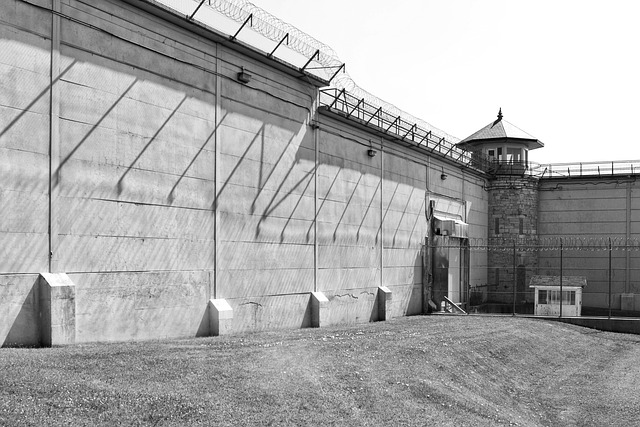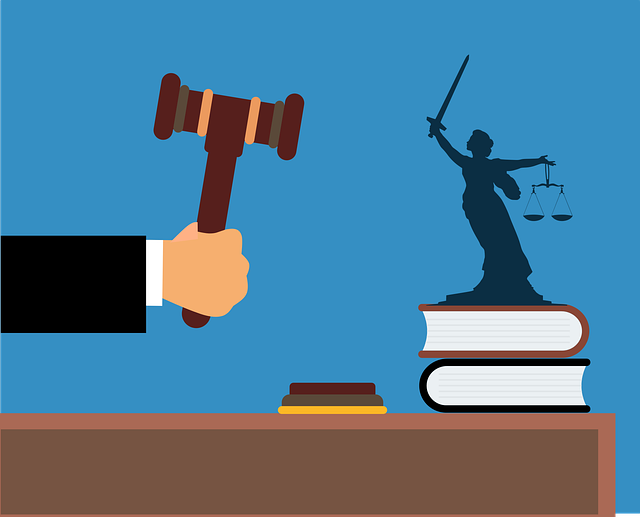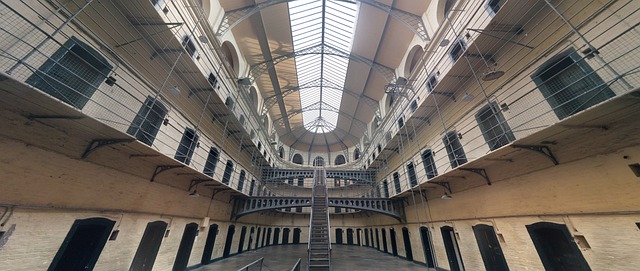High-risk reoffenders with a history of DUI and property damage liability pose a significant societal challenge due to recurring illegal behavior, often resulting in severe consequences like substantial property damage and increased insurance costs. To break the cycle of reoffending, targeted intervention strategies focusing on Property Damage Liability in DUIs are crucial. These include mandatory counseling, advanced monitoring technology, and tailored support programs that empower offenders through legal resources, community service initiatives related to property restoration or environmental cleanup, fostering rehabilitation and reducing recidivism rates.
In the intricate web of criminal justice, high-risk reoffenders pose a significant challenge. This article delves into understanding and addressing this critical issue, focusing on individuals with a history of recidivism, particularly those involved in Driving Under the Influence (DUI) cases. The impact of these offenders on society is profound, emphasizing the need for innovative strategies to break the cycle. A key area of interest: Property Damage Liability in DUIs, exploring how effective intervention can disrupt their criminal trajectory and promote positive change.
- Understanding High-Risk Reoffenders and Their Impact on Society
- Strategies to Break the Cycle: Addressing Property Damage Liability in DUIs
Understanding High-Risk Reoffenders and Their Impact on Society

High-risk reoffenders, particularly those with a history of DUI and property damage liability, pose a significant challenge to society. These individuals often exhibit a pattern of repeated illegal behavior, indicating a lack of rehabilitation or a deeper psychological issue that requires professional intervention. The impact of their actions can be severe, affecting not only the lives of their victims but also contributing to broader societal costs.
In the case of DUIs, high-risk reoffenders can cause substantial property damage, leading to increased insurance premiums and financial burdens on communities. Their repeated offenses underscore the need for comprehensive strategies that go beyond punishment. Effective solutions might include mandatory counseling, intense monitoring through technology, and tailored support programs designed to address the underlying factors contributing to their reoffending.
Strategies to Break the Cycle: Addressing Property Damage Liability in DUIs

High-risk reoffenders, especially those with a history of DUI (Driving Under the Influence), often find themselves trapped in a cycle of recidivism due to various factors. One significant challenge is addressing property damage liability, which can be a strong deterrent for these individuals. Effective strategies are crucial to break this cycle and prevent further harm.
By focusing on Property Damage Liability in DUIs, intervention programs can offer tailored support. This includes access to legal resources to help offenders understand the financial consequences of their actions, encouraging them to take responsibility. Additionally, community service initiatives related to property restoration or environmental cleanup can provide a sense of purpose while addressing the impact of their past behavior, fostering a path towards rehabilitation and reducing future reoffending rates.
High-risk reoffenders pose a significant challenge to society, but by focusing on specific strategies like addressing property damage liability in DUIs, we can break the cycle of recidivism. Implementing targeted interventions can not only reduce crime rates but also foster a safer and more secure environment for all. By understanding and targeting high-risk individuals, especially those with DUI convictions, we can create a more just and resilient community.






